Caldwell 72
This galaxy is similar to, but smaller than, the Large Magellanic Cloud.
Distance
6.5 million light-years
Apparent Magnitude
7.8
constellation
Sculptor
object type
Irregular/Dwarf Spiral Galaxy
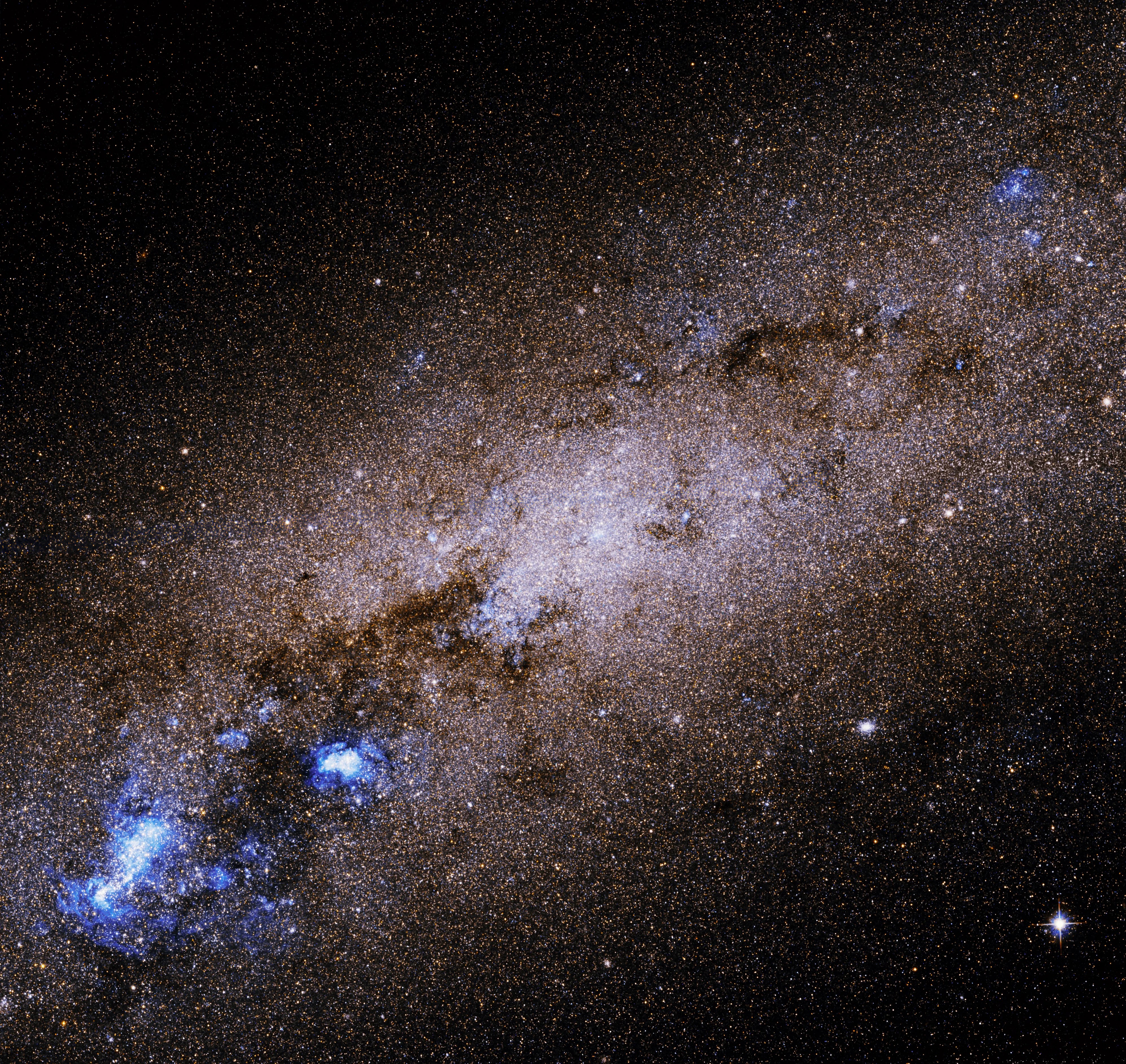
Caldwell 72, also known as NGC 55, is a galaxy located 6.5 million light-years from Earth in the constellation Sculptor. It was discovered by Scottish astronomer James Dunlop in 1826, when he resided in Australia. Caldwell 72 is best observed in the Southern Hemisphere during the spring. The galaxy has an apparent magnitude of 7.8 and can be spotted with a pair of binoculars under dark skies.
Caldwell 72 is classified as a Magellanic-type galaxy. The classification is named after the Large Magellanic Cloud, a satellite of our Milky Way galaxy. Galaxies of this type have a single spiral arm and are an intermediate class between irregular galaxies and dwarf spiral galaxies. Morphologically, Caldwell 72 very closely resembles the Large Magellanic Cloud, but is smaller and has an edge-on orientation.
This image, showing a central part of Caldwell 72, is a composite of visible and infrared observations made by Hubble’s Advanced Camera for Surveys. The observations were taken to help astronomers understand how the distribution of the galaxy’s relatively small structures, such as dust clouds, affect how the light from the galaxy is dimmed as it passes through this intervening matter. Because light from the galaxy is partially obscured by the dust along our line of sight, it is important that we understand its small-scale distribution.
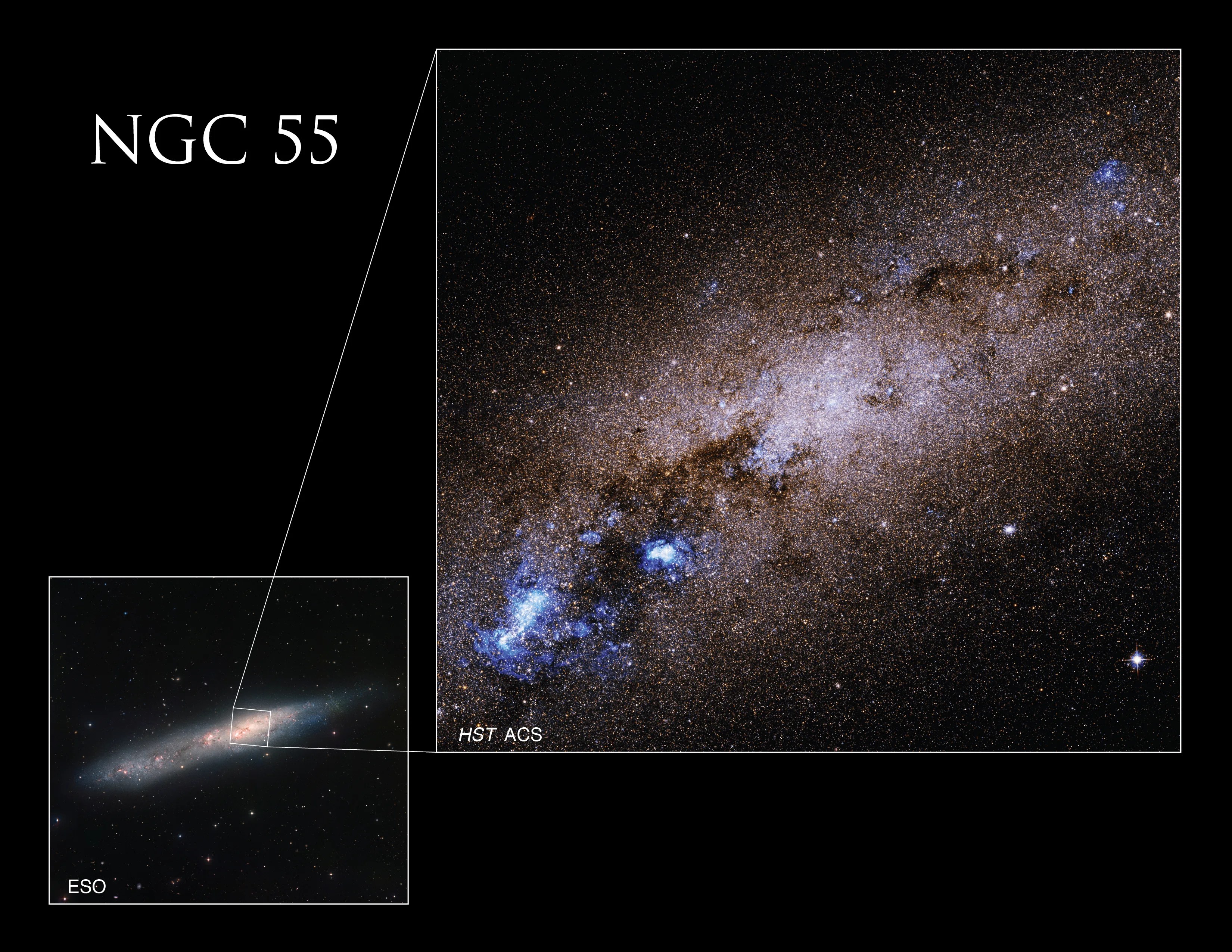
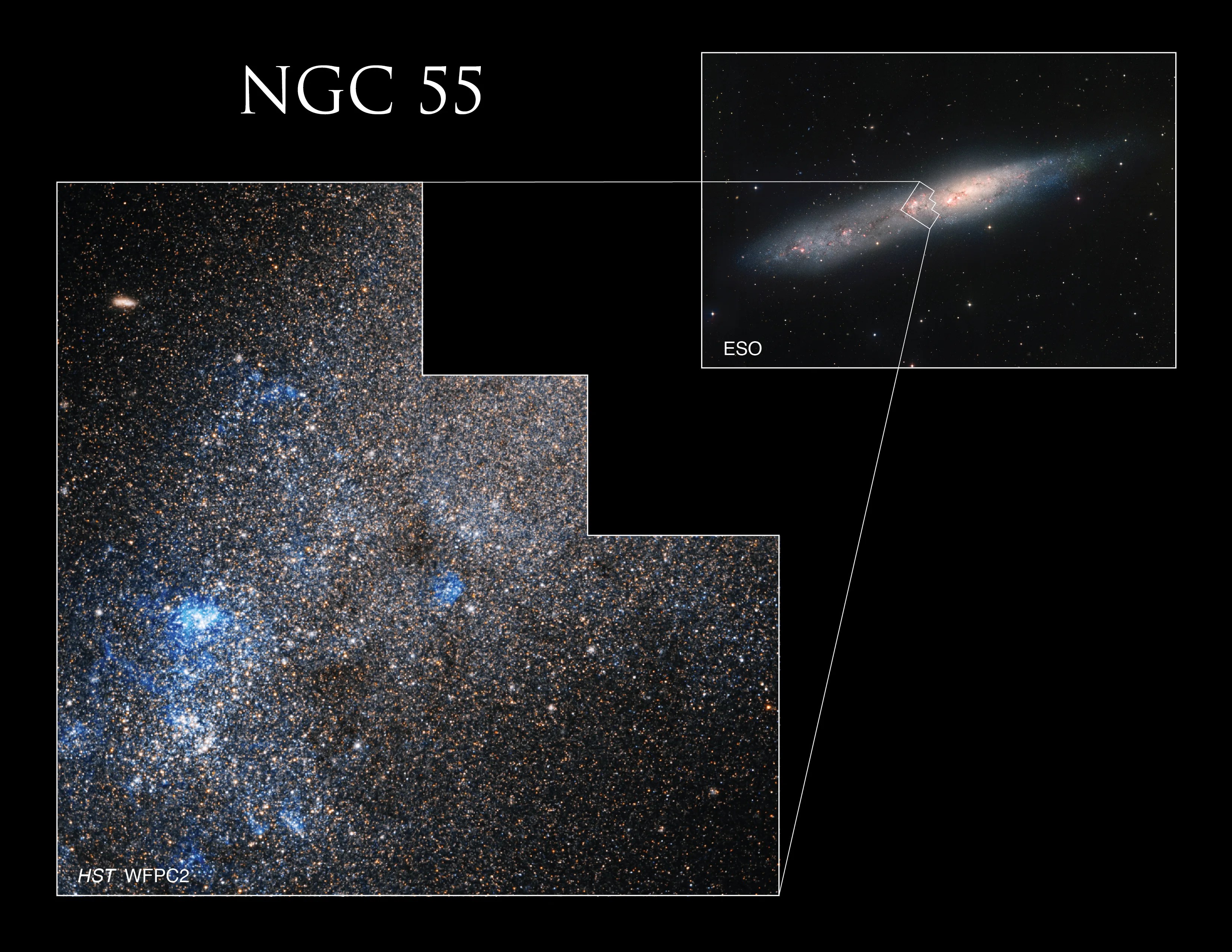
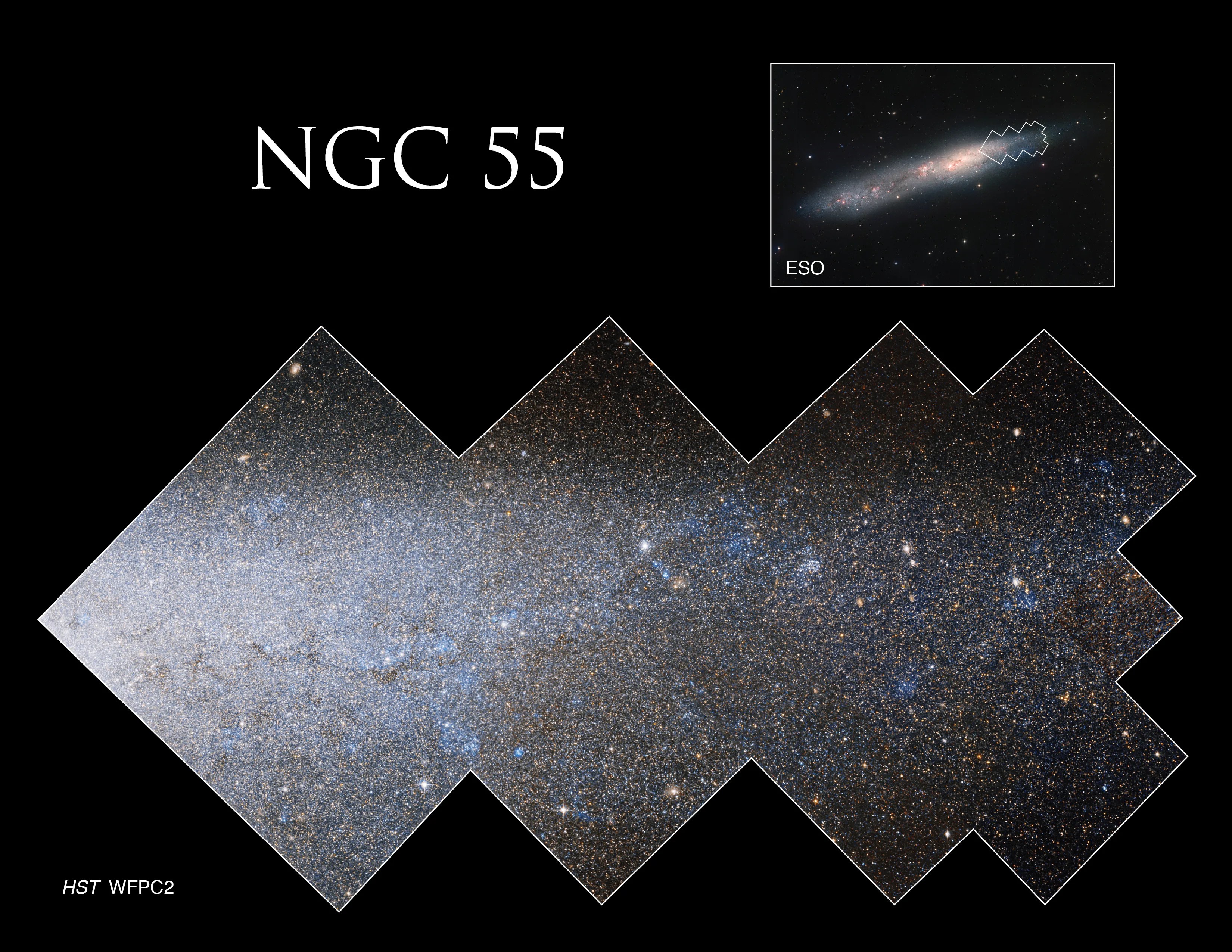
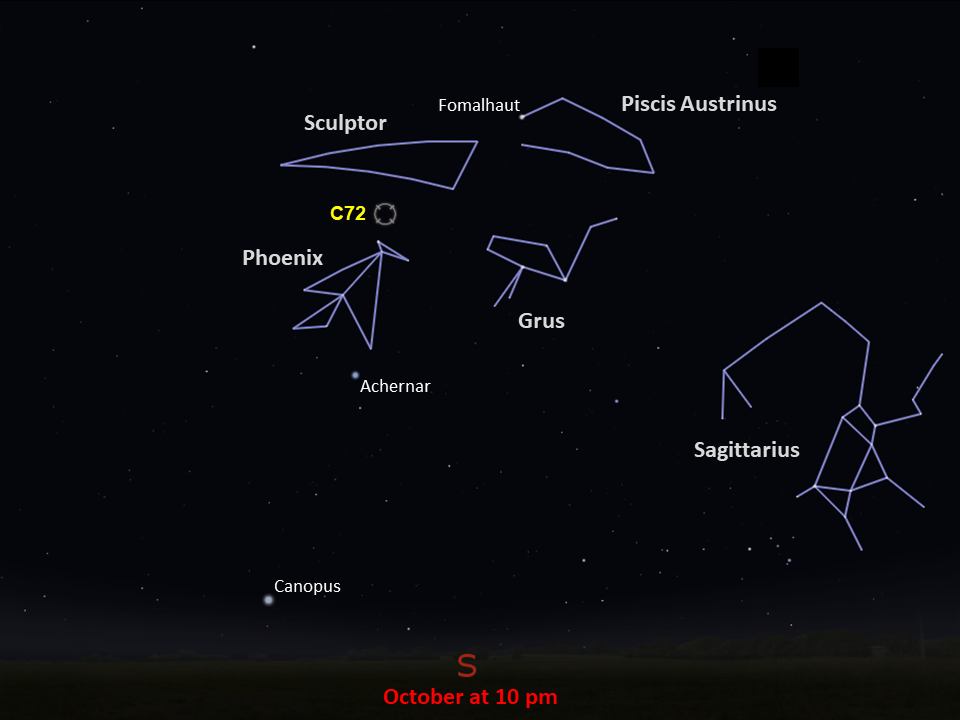
Glossary
Apparent Magnitude - The brightness of an astronomical object as seen from Earth, influenced by the object's distance from Earth, its absolute magnitude, and even gas and dust that lie between the object and Earth.
Dwarf Galaxy - A small, faint galaxy with only millions to a few billion stars.
Irregular Galaxy - A galaxy that lacks a defined shape or structure.
Satellite Galaxy - A galaxy that is gravitationally bound to a larger galaxy, much like how the planets in our solar system are gravitationally bound to the Sun.
Spiral Galaxy - A galaxy characterized by its spiral structure, with star-filled arms that extend out from the center of the galaxy and host regions of star formation.
Explore Hubble's Caldwell Catalog
The following pages contain some of Hubble’s best images of Caldwell objects.

Caldwell 1
Also known as NGC 188, this group of stars formed from a large cloud of gas making the stars roughly…

Caldwell 2
This shell of gas is expanding outward, away from the dying star within.

Caldwell 3
This barred spiral galaxy was first spotted by British astronomer William Herschel in April 1793 in the constellation Draco.




